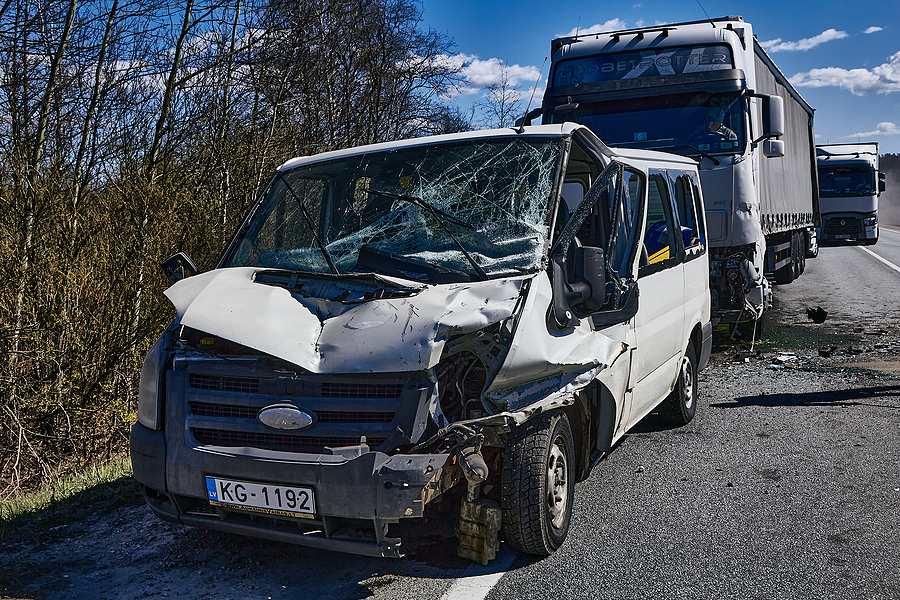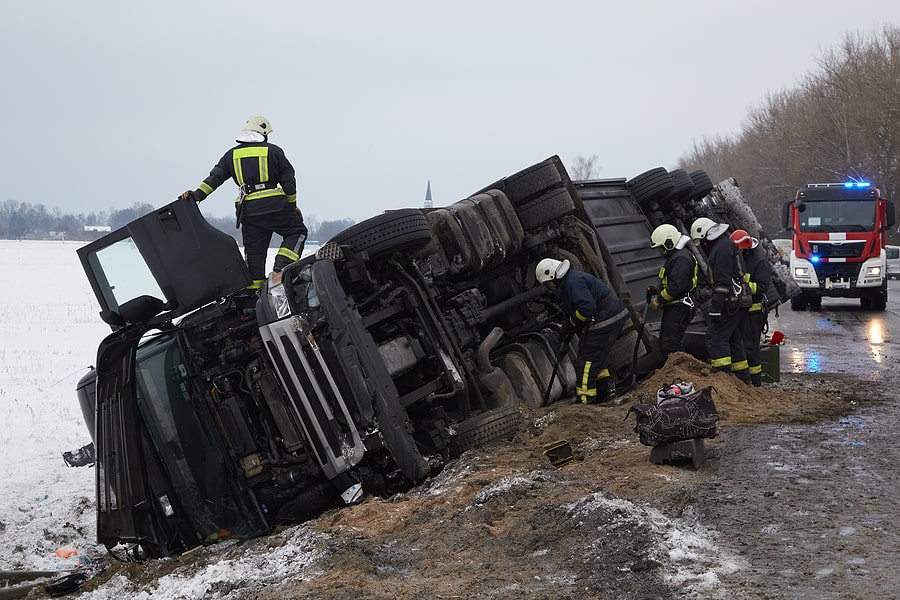Even before the COVID-19 Pandemic, Americans were shifting from a shopping society to an e-commerce society. The pandemic has sped up this process even more. The demand for shipped goods increased, all the while the trucking industry lacks the necessary workforce to keep up with it. Unfortunately, this often causes them to cut corners, breaking many FMCSA safety rules and regulations that lead to many dangerous truck accidents.
One state study found that:
- Driver error was the most common cause of truck crashes, accounting for 92 percent of them
- Road conditions and vehicle defects tied for second with about 3 percent each
These statistics might be much worse if not for the work, regulations, and enforcement of the Federal Motor Carrier Safety Administration.
What Is the Federal Motor Carrier Safety Administration (FMCSA)?
Under the Motor Carrier Safety Improvement Act of 1999 (49 U.S.C. 113), the Department of Transportation established the Federal Motor Carrier Safety Administration (FMCSA) on January 1, 2000.
Although the Federal Highway Administration (F.H.A.) used to house FMCSA, its chief mission remains to prevent commercial motor vehicles from causing injuries and fatalities.
This Administration contributes to motor carrier safety by:
- Strongly enforcing safety regulations
- Holding high-risk carriers and commercial motor vehicle drivers accountable for their actions
- Refining safety information systems and commercial motor vehicle technologies
- Strengthening commercial motor vehicle equipment and operating standards
- Growing safety awareness
FMCSA partners with federal, state, and local enforcement agencies, the motor carrier industry, labor safety interest groups, and others to accomplish its critical duties.
FMCSA has many rules and regulations it enforces to help keep everyone safe on the road.
Who Is Subject to FMCSA?
Generally, carriers are subject to FMCSA regulations if they operate any of the following types of commercial motor vehicles in interstate commerce:
- One with a gross vehicle weight rating or gross combination weight rating (whichever is greater) of 4,537 kilograms (10,001 pounds) or more (GVWR, GCWR, G.V.W. or G.C.W.)
- One designed or used to transport between nine and 15 passengers (including the driver) for direct or indirect compensation.
- One designed or used to transport 15 or more passengers, including the driver, and not used for compensation
- One of any size used in the transportation of materials categorized as hazardous by the Hazardous Materials Transportation Act and which require the motor vehicle to be placarded under the Hazardous Materials Regulations (49 C.F.R. Parts 100-177).
- Intrastate Hazardous Materials carriers
If the commercial truck carrier meets any one of the above criteria, they must comply with applicable U.S. Department of Transportation (DOT) safety regulations regarding:
- Alcohol and controlled substance testing for all persons who must by law have a CDL
- Driver qualifications (including medical exams)
- Driving of commercial motor vehicles
- Parts and accessories necessary for safe operations
- Hours of service
- Inspection, repair, and maintenance
The pertinence of the regulations depends on several factors, including the types of vehicles the carrier puts on the road, whether they transport passengers or hazardous materials, and if they operate for-hire (for compensation).
Motor carriers must ensure that their drivers know and comply with the FMCSRs and H.M.R.s (Hazardous Materials Regulations) listed in Title 49 of the U.S. Code of Federal Regulations. If a driver doesn’t comply, it will negatively impact the carrier’s safety record.
FMCSA General Safety Regulations
Part 390 addresses FMCSA general safety regulations. It gives authority to FMCSA employees to perform assigned actions or duties.
This part also:
- Prohibits coercion and driver harassment and outlines a complaint process
- Requires motor carriers to comply and be cooperative with the investigations process
- Allows states and local municipalities to create and enforce more restrictive rules and regulations than FMCSA
- Provides exceptions to emergency vehicles, tow trucks, and other vehicles providing emergency relief
- Details how documents are to be handled and stored
- Permits exemptions for pipeline welding trucks and covered farm vehicles
- Eligibility requirements for medical examiner certification from FMCSA
- USDOT Registration
Hours of Service (HOS)
This is arguably the essential FMCSA regulation. Truck drivers have tight deadlines, and the more they drive, the more money they and their employers can make. As such, many will drive to exhaustion when they have no choice but to fall asleep at the wheel if given the opportunity.
The hours of service rule regulates the maximum time truck drivers may work, including driving time. It details the number and length of rest periods, which helps to ensure that drivers stay awake and alert while behind the wheel. Typically, all carriers and drivers operating commercial motor vehicles (CMVs) must comply with HOS regulations found in 49 CFR 395.
The most recent updates to this rule were on June 1, 2020, and motor carriers were required to comply with the updated regulations on September 29, 2020. These include:
#1. Short-Haul Exception
Increased to 150 air miles and permits a 14-hour work shift as part of the exception.
#2. Adverse Driving Conditions Exception
The driving window during adverse driving conditions increased an additional two hours.
#3. 30-Minute Break Requirement
Mandates a break of at least 30 consecutive minutes after eight cumulative hours of driving (instead of just being on-duty) and permits an on-duty/not driving period to be used as a required break.
#4. Sleeper Berth Provision
Allows a driver to meet the 10-hour minimum off-duty requirement by spending a minimum of seven hours of that period in the sleeper berth combined with a minimum off-duty period of two hours spent inside or outside the berth as long as the two periods total a minimum of ten hours. When used together in this way, neither counts against the 14-hour driving window.
Inspection, Repair, and Maintenance
Another necessary regulation is Part 396. This rule covers how drivers and carriers must inspect, repair, and maintain their fleet.
It requires:
- Drivers to inspect their vehicles
- Proper repairs and maintenance following this rule and others.
- A light on the rear license plate of a truck
- Tires to have enough tread
- Reflectors at specific points on the truck depending on its shape and size
- Operable brakes on all wheels
- Signals that provide a warning to drivers when there’s a failure in the vehicle’s service brake system
- Windshields to be free of discoloration or damage
- Windshield wiping and defrosting systems
- A full trailer equipped with a tow-bar and a way of attaching the tow-bar to the towing and towed vehicles
- Heaters to meet certain specifications
- Exhaust system specifications
- Weight restrictions and limitations depending on the size of the truck
- Fire extinguishers
- Protection against shifting and falling cargo
- The number of tie-downs needed to legally and safely secure a cargo load
- Wheels in good repair
- Working suspension systems
Suppose truck drivers and carriers fail to maintain, repair, and inspect their fleet according to FMCSA standards. In that case, they shouldn’t be in the trucking business. Lack of attention to this rule can put many people in danger.
Transportation of Hazardous Materials; Driving and Parking Rules
Part 397 of FMCSA addresses both the transportation of hazardous materials and driving and parking rules, making it another crucial piece of keeping the trucking industry safe.
This part requires:
- Attendance and surveillance of motor vehicles
- Trucks carry certain hazardous materials that should stay away from people who are smoking and fires.
- The truck driver examines each tire on their rig each time their vehicle is parked and each time they begin driving it again.
- Drivers hauling hazardous materials to have certain documents on hand
- Motor carriers carrying hazardous materials be placarded or marked per 49 CFR 177.823
Drug and Alcohol Testing
Testing Required Under the Federal Government
Congress passed the Omnibus Transportation Employee Testing Act, requiring all Departments of Transportation (DOT) to initiate alcohol and drug testing of safety-sensitive transportation employees. 49 C.F.R. Part 40 is a DOT-wide regulation detailing how the testing should happen and how to return employees to safety-sensitive duties if they breach DOT alcohol and drug regulations.
Part 40 applies to all DOT-required testing, no matter the mode of transportation. Each DOT Agency-specific regulation explains who is subject to testing, when they need to complete testing, and in what situations for which transportation industries.
Testing Under FMCSA Guidelines
Since 1991, FMCSA and its predecessor agency have defined alcohol and drug testing rules and regulations for employees who drive commercial trucks and buses necessitating a commercial driver’s license (CDL).
As required by the federal government, these regulations classify:
- Who is subject to testing
- When they are tested
- In what situations the testing is done
This section also addresses privacy protections/restrictions on employers and their service agents against the use and release of sensitive drug and alcohol testing information. FMCSA’s controlled substances and alcohol use and testing regulations can be found at 49 C.F.R. Part 382.
Among many other things, commercial drivers must receive verbal or written notification of a drug or alcohol test.
Employers cannot allow a driver to drive if they have actual knowledge of the driver using alcohol, no matter the level of alcohol in the employee’s body. Knowledge of alcohol use can be by observation or another method.
FMCSA requires that:
- Motor carriers are knowledgeable and in compliance with all FMCSRs and H.M.R.s relevant to their specific operation.
- Employers teach their employees about relevant FMCSRs, and the employees comply.
- Motor vehicle equipment and any accessories are maintained in compliance with the relevant FMCSRs design and performance standards.
- If a driver takes prescribed medication, their physician must specifically advise them that the prescription won’t hurt the ability to drive a Commercial Motor Vehicle (CMV) safely.
- Employers can use additional testing and make requirements on top of FMCSA requirements.
- All employers have to abide by the requirements of this part on the date the employer begins commercial motor vehicle operations.
Did a Commercial Vehicle Hit You? Talk to a Knowledgeable Truck Accident Attorney Today
Suppose a commercial vehicle hit you. In that case, there’s potential that the driver or their carrier was violating FMCSA rules and regulations. A knowledgeable attorney can investigate your accident to determine how it occurred, who was at fault, and whether they violated any FMCSA rules. If they were, this will establish negligence in your claim. FMCSA rules and regulations were put into place to keep all drivers safe.
When truck drivers or their carriers choose to ignore them blatantly, innocent people suffer injuries and even lose their lives. Contact a qualified truck accident attorney to stand up for your rights today.








